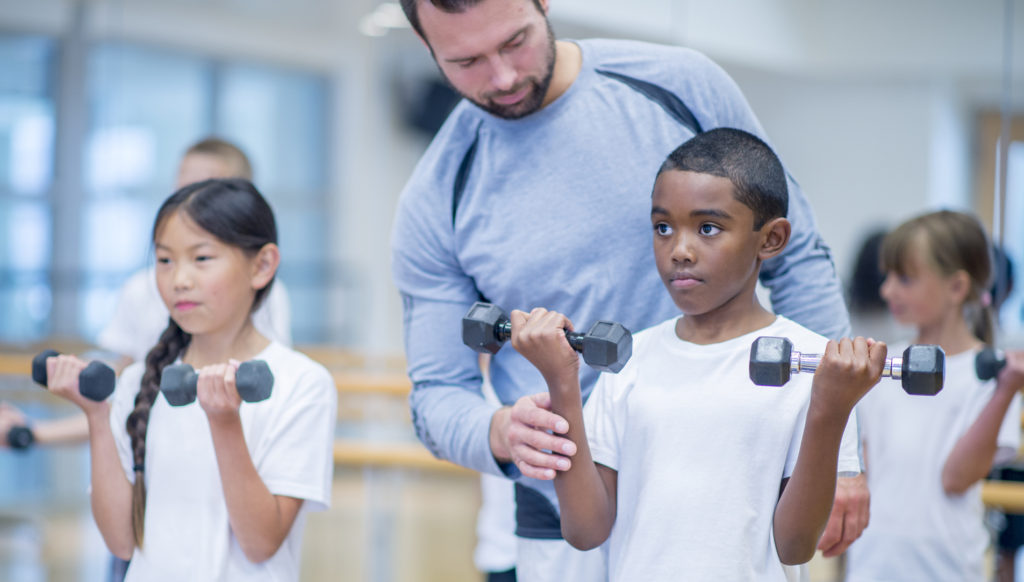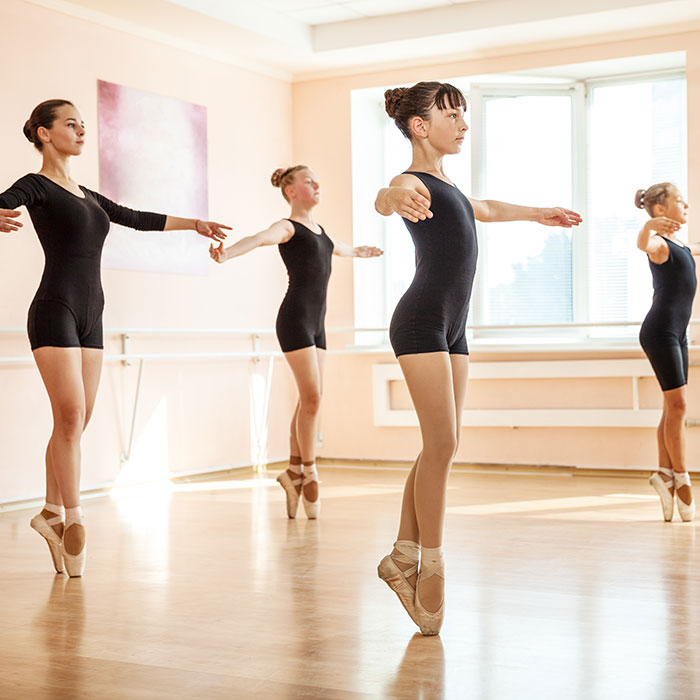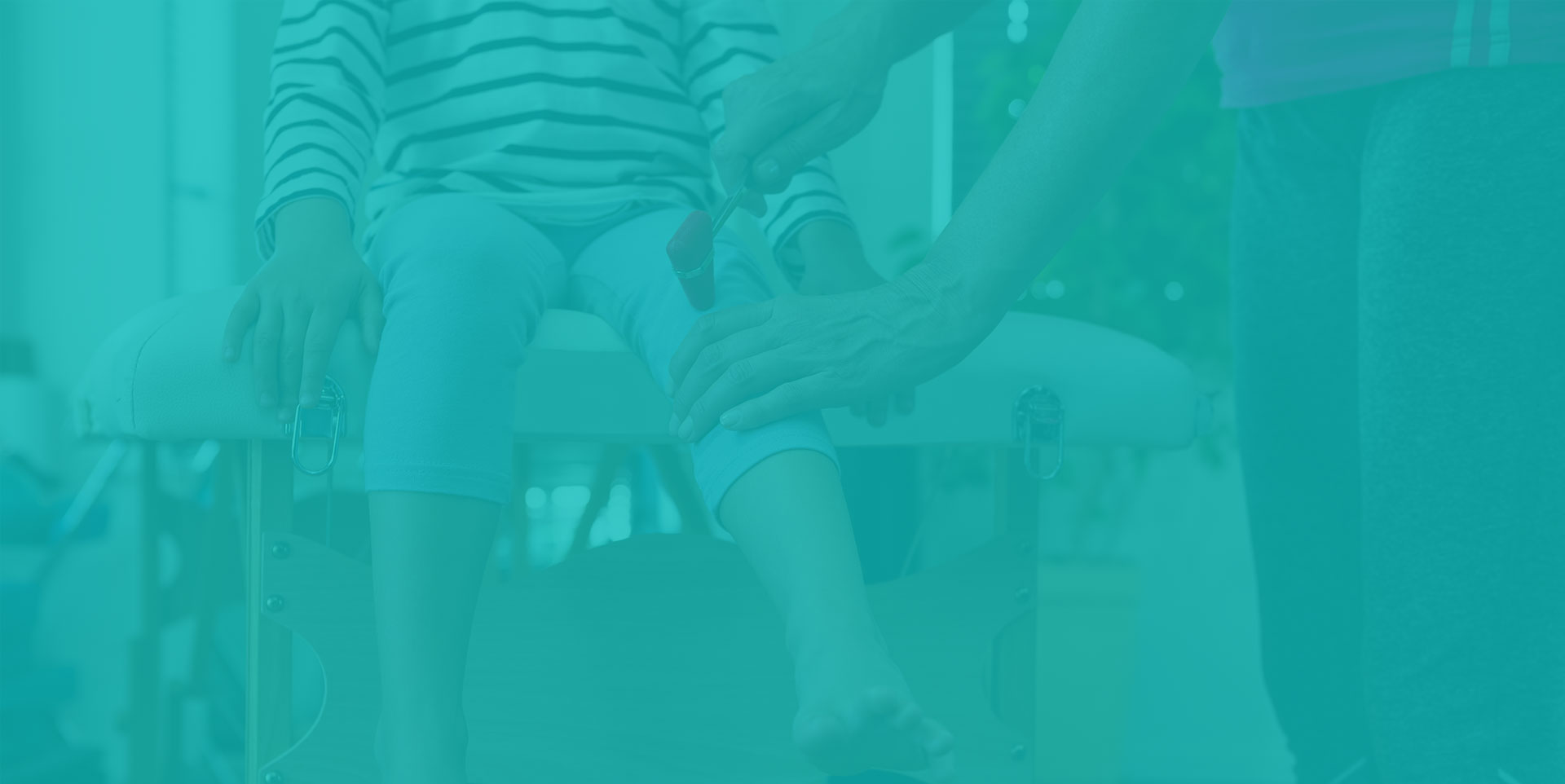As your child grows and matures, their body experiences a range of changes. Transitioning from childhood to adolescence and into adulthood sees a huge amount of physical change and growth. During puberty boys grow on average 10-30cm, while girls grow 5-20cm on average.
Growth spurts during this time can cause temporary problems with coordination as your child grapples with their new, longer, stronger limbs. Such changes can cause physical discomfort and muscular issues, which is why our kids physiotherapy at Pivotal Motion can help treat your teen’s growing pains and sporting injuries.

As children grow and evolve into teenagers they are playing sports, being active, pushing the boundaries of their bodies, and potentially incurring injuries. We are here to ensure that the transition from child to teen is endured with as little discomfort as possible.
Book your kids physiotherapist session today!
WHAT COMMON ADOLESCENT INJURIES REQUIRE KIDS PHYSIOTHERAPY?
With kids and teens playing a lot of sport, both at school and socially, they are likely to experience some form of injury. If certain injuries are left untreated this can cause issues later on in life, which is why child physiotherapy is so vital if your teenager has sustained an injury.
Some common injuries requiring kids physio include:
- Achilles tendinopathy or tendinitis
- Achilles tendon rupture
- Compartment syndrome
- Femoroacetabular impingement
- Gluteal tendinopathy
- Greater trochanteric hip pain syndrome
- High ankle sprain/syndesmosis injury
- Hip labral tear
- Hypermobility
- Knee bursitis
- Shin Splints
- Patellofemoral pain syndrome
- Plantar fasciitis/heel spurs
- Plica Syndrome
- Posterior Impingement syndrome
- Sever’s disease
- Spondylolysis
- Sprained ankle
- Stress fractures of the foot
- Tibialis posterior tendinopathy
- Traction apophysitis
Physical therapy for teens can help to diagnose, treat, and address any physical injury or growth spurt pain quickly, efficiently, and provide effective results. Whether your child needs specific attention for an injury or simple physical rehabilitation services, our kids physiotherapy can help!

STRENGTH AND CONDITIONING IS IMPORTANT FOR ADOLESCENTS
A 2015 study found only one third of Australian children are reaching the recommended 60 minutes of physical activity per day (Sports Medicine Australia, 2017).
In actual fact, Australia’s Physical Activity and Sedentary Behaviour Guidelines recommend children and adolescents participate in muscle and bone strengthening activities at least three days per week. In addition to the health benefits, strength and conditioning programs can provide a lifelong form of enjoyable fitness, confidence, and many health benefits.
- Recent research has shown a link between late adolescence muscle strength and the risk of developing chronic disease well as premature mortality.[1]
- Good adolescent strength can decrease the risk of suicide-related death by 30% and the risk of having a psychiatric diagnosis later in life by 65%.[2]
- Stronger youths are more likely to have stronger bones, higher self-esteem, and are less likely to be obese.[3]
- Resistance training in combination with sports physiotherapy can also reduce the risk of a sports-related injury in adolescents.[4]
It is significant to note that despite this growing body of evidence, muscular fitness in children and adolescents continue to decline worldwide. Our physical therapy for teens helps to ensure your child moves through these critical years with grace and minimal risk of future injury and health problems.
WHY ARE KIDS MISSING OUT ON RESISTANCE TRAINING?
Attitudes towards resistance training & gym training for teenagers and children continues to be quite negative. Many feel it is an unsuitable activity for children, with unnecessary risk for injury and the potential for stunting their growth. Unfortunately, these beliefs are not based on recent research.
-
- Current evidence finds that appropriately supervised child physiotherapy programs are safe and do not hinder growth and development in adolescents.[5]
- Injury during adolescent strength classes is usually due to misuse of equipment, inappropriate weight, poor technique, and lack of qualified supervision.[6]
- Resistance training with a qualified child physiotherapist can help to improve strength, manage weight, increase self-esteem and help to set your child up for a healthy and strong future.[7]
Speak to our kids & child physiotherapist about your child’s physical health and find out more about how you can set them on the path for a healthy body and healthy life.
ADOLESCENT STRENGTH AND CONDITIONING CLASSES WITH A TRUSTED KIDS PHYSIO
At Pivotal Motion, our child physio knows that adolescents can safely improve their strength and overall health by participating in a well supervised program.
- Our exercise classes for teens give adolescents a good understanding of the basics of strength and conditioning and how to be safe and effective with training.
- Our kids physiotherapist led classes teach correct technique for all fundamental strength exercises such as the squat, dead lift, and push up, as well as an introduction to stretching, plyometrics, and proprioception.
- Classes run year-round on Monday, Wednesday & Thursday evenings, with expanded classes during school holidays.
- Our Child physiotherapist, also offer one to one active teen sessions.
Each class will be led by one of Pivotal Motion Physiotherapy’s qualified team.
For more information regarding the adolescent classes run by our child physio team, contact a physiotherapist Brisbane trusts at Pivotal Motion today on 07 3352 5116 or book an appointment online.
REFERENCES
[2] Stabenow Dahab, K. & Metcalf, Teri. (2009). Strength training in children and adolescents, 1(3), 223-226. Retrieved from https://www.ncbi.nlm.nih.gov/pmc/articles/PMC3445252/.
[3] Stabenow Dahab, K. & Metcalf, Teri. (2009). Strength training in children and adolescents, 1(3), 223-226. Retrieved from https://www.ncbi.nlm.nih.gov/pmc/articles/PMC3445252/.
[4] Stabenow Dahab, K. & Metcalf, Teri. (2009). Strength training in children and adolescents, 1(3), 223-226. Retrieved from https://www.ncbi.nlm.nih.gov/pmc/articles/PMC3445252/.
[5] Stabenow Dahab, K. & Metcalf, Teri. (2009). Strength training in children and adolescents, 1(3), 223-226. Retrieved from https://www.ncbi.nlm.nih.gov/pmc/articles/PMC3445252/.
[6] Sports Medicine Australia. (2017). Sport Health, 35(1). Retrieved from http://v3au.zone-secure.net/drive/9201/347841/#page=4.
[7] https://app.education.nsw.gov.au/sport/page/1310
[8] Sports Medicine Australia. (2017). Sport Health, 35(1). Retrieved from http://v3au.zone-secure.net/drive/9201/347841/#page=4.
[9] Stabenow Dahab, K. & Metcalf, Teri. (2009). Strength training in children and adolescents, 1(3), 223-226. Retrieved from https://www.ncbi.nlm.nih.gov/pmc/articles/PMC3445252/.

